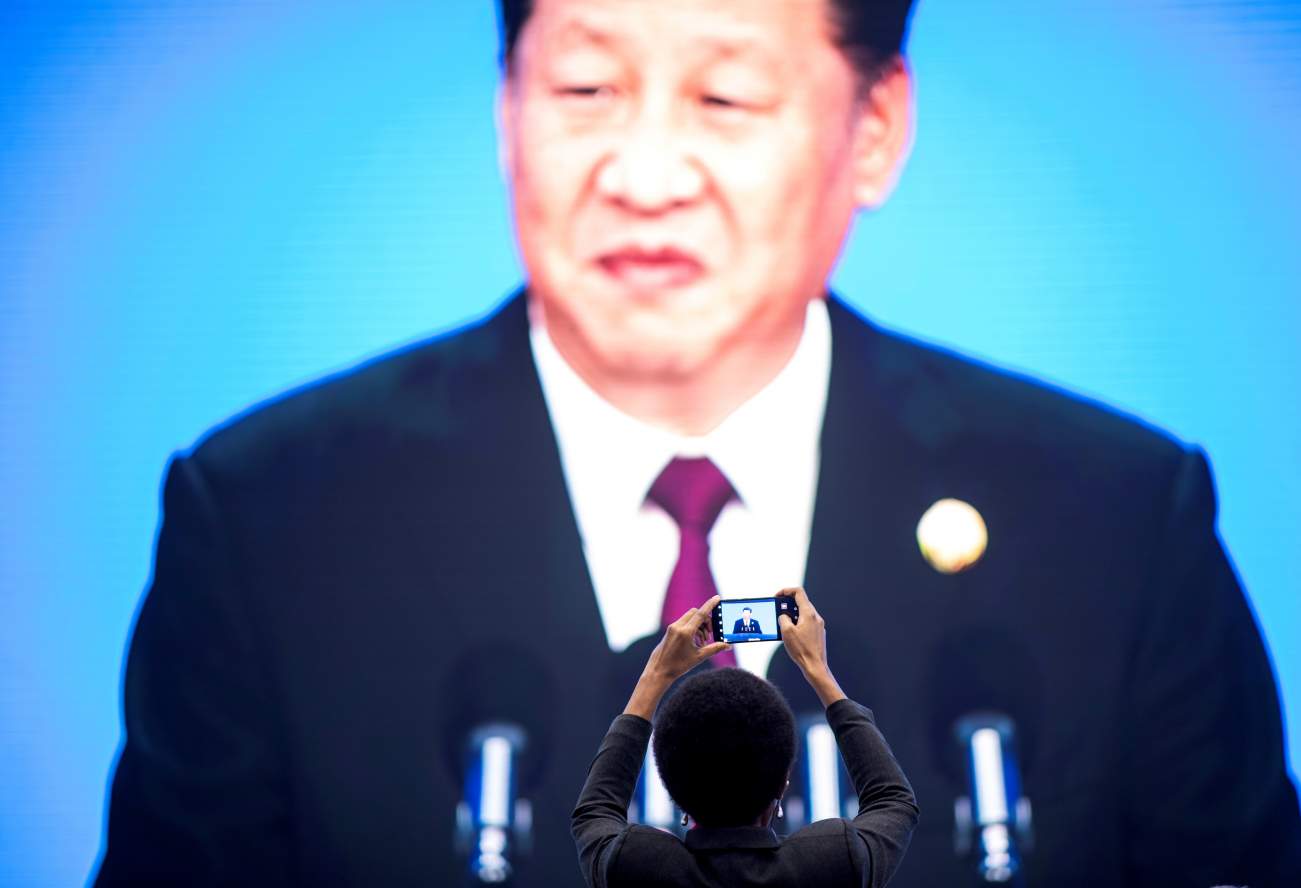As the India-China rivalry for influence in Asia grows, India has begun to take a bolder stance. In 2016, at Bhutan's request, Indian forces entered the disputed Doklam territory in Bhutan to keep Chinese forces from building a road there. As the most serious conflict between India and China in decades, the standoff represented a shift in New Delhi’s posture toward Beijing, signaling India’s resolve to act more forcefully to counter Chinese influence and activities in South Asia.
New Delhi’s bold decision to confront Chinese troops at Doklam—an area near India’s so-called tri-border with China and Bhutan—surprised and angered Beijing. While India may have succeeded in standing up to China in the short run, Doklam pushed China-India tensions, problematic under the best of circumstances, into a new, tenser stage.
Any military confrontation would be devastating to both countries, but a deep and long-standing political rift would be equally unsettling given the strategic anxieties in play. Sustained, long-term hostility of any kind would be harmful for India, China and the region at large.








/arc-anglerfish-arc2-prod-mco.s3.amazonaws.com/public/MXTROA3E5FAL5GRSEDHV6OPTLY.jpg)


